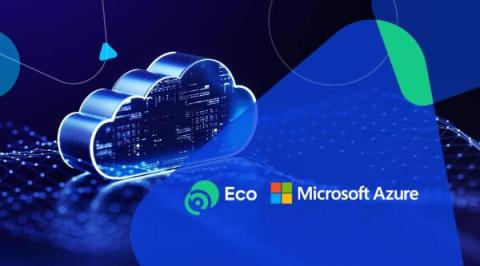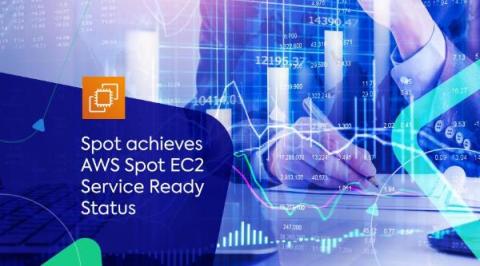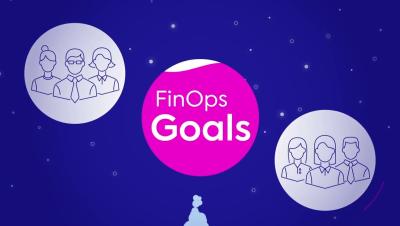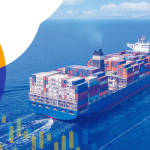Announcing support for Spark Connect in Spot Ocean for Apache Spark
The release of Apache Spark 3.4 introduced Spark Connect, and we are thrilled to announce that we now offer full support for Spark Connect on Spot Ocean for Apache Spark. This blog will provide an overview of what Spark Connect is and how to effectively utilize it with Spot Ocean for Apache Spark.











